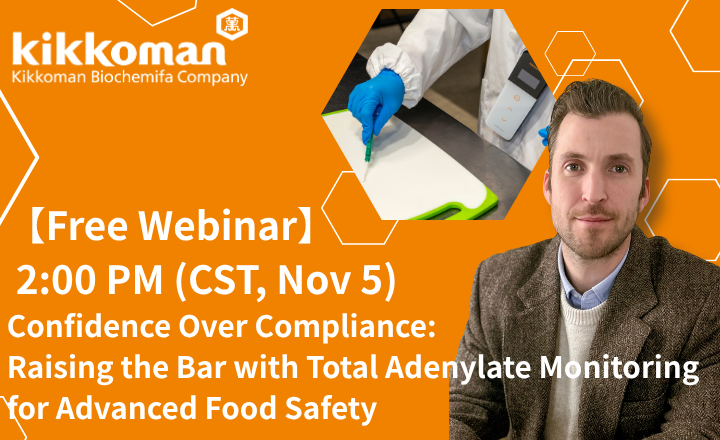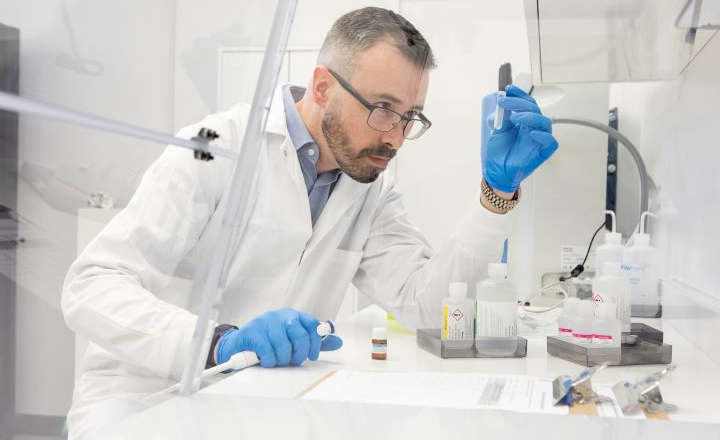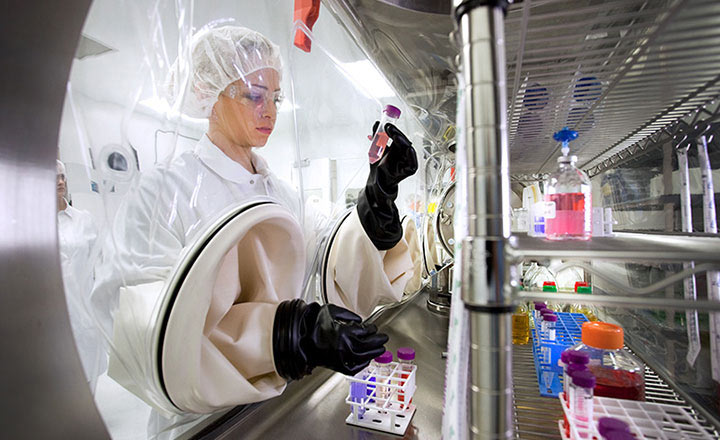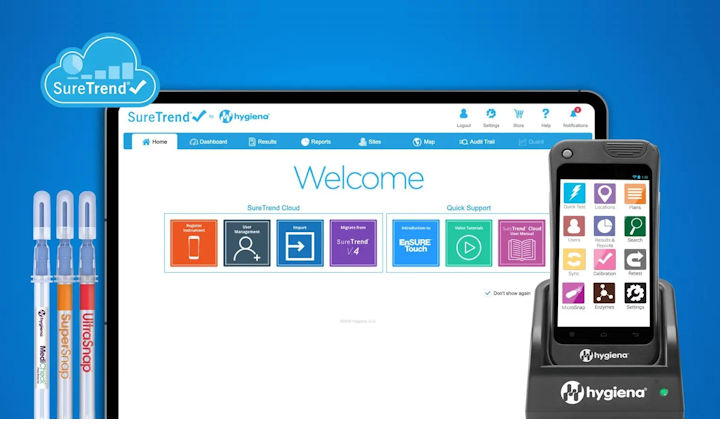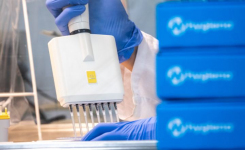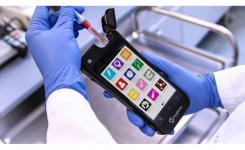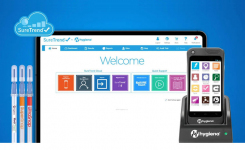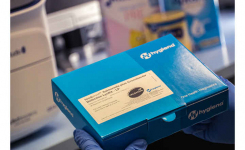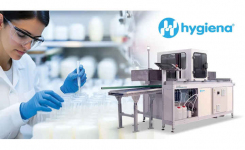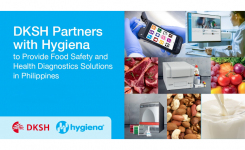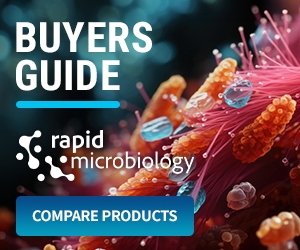In modern society, continuously making technological advancements has become something of an obsession. Staying ahead of the game and applying forward-thinking strategies to release the most innovative solutions is a challenge Hygiena’s R&D department and team of engineers have taken on for decades. The evolution of the ATP luminescence system has been a truly exciting journey, first invented by the Finnish inventor Veikko Tarkkanen in 1975 and moving from the lab to hand-held in the 1980s. This brief article, based on an interview with Hygiena’s Chief Scientific Officer, Martin Easter, will walk you through the history of the company’s ATP testing devices, which not too dissimilar to the mobile phone, evolved from large, expensive units to technologically advanced, smaller and more affordable devices.

Nowadays, Hygiena’s products are liquid stable and have a shelf-life of 15-18 months, offering a very robust chemistry compared to its competitors.
Thinking smaller, more compact and longer lasting, Hygiena then moved on to the original SystemSURE™, which was developed in 1995. It still relied on the same lyophilized chemistry. Once freeze-dried, after reconstitution, it was stable for 3-4 days. That was Hygiena’s first presence into ATP bioluminescence, offering SnapShot products, which were developed for other competitors’ instruments. While the chemistry did not change that much (cuvettes, a separate swab and chemistries in bottles), it was a far smaller system and much easier to use.
The market leader at the time was making an individual test device. This prompted Hygiena® (then Celsis) to develop an all-in-one device, the SwabMate. It included a single-pelleted device containing the bioluminescent-free agent. It was in a glass vial and was designed to crush the ampule in the device to release the reagents (water and a lyophilized individual pellet) for a single short dosage form. Previously, this had been a multiple reagent, with 25 tests in a vial. It was the company’s first attempt at doing an individual dosage form and its first entry into an all-in-one device. There was a swab to collect the sample with the reagents in the top. The user would snap and squeeze the lyophilized reagents, release the cuvette, put a cap on it, close the door and initiate the test. For its time, this was a remarkable advancement in rapidly measuring actively growing microorganisms through detection of ATP.


In 2002, Hygiena was set up as a company on its own, officially formed to provide rapid surface hygiene tests, some 20 years after the development of the original technology. This saw the era of wanting to further develop and optimise the system by looking for a smaller instrument; a newer device that had a liquid-stable agent. All the other instruments at the time were priced at around $3,500-5,000 and were photomultiplier tube systems. These had several different baffles in them that took a response from the instrument and amplified the signal through an amplification reaction. They were very expensive, degraded with time and the results varied.

SystemSURE II was simple to use and was capable of measuring very small amounts of ATP. The cost of the instrument came right down and it also had a basic data analytical system. The integration of modern chemistry extended the test shelf-life to 18 months and offered much better reproducibility. This updated version exceeded Hygiena's design specifications, making SystemSURE II much smaller and portable, compared to the competition. The differentiating factor was all other instruments back then were much bigger in size and the SystemSURE II was small and portable. It included an UltraSnap® swab, which users would simply snap, squeeze then drop into the instrument and push ok.

In 2019, a huge milestone for the company was achieved, when it launched EnSURE Touch together with the SureTrend® Cloud software. SureTrend Cloud is an easy to use, secure cloud-based analytics platform that enables data-based decisions by simplifying the collection, storage, and analysis of technical data. Furthermore, EnSURE Touch is the only device in ATP testing that uses smart technology, resembling a Smartphone.
With huge amounts of capacity, it goes far beyond what the old instruments were capable of. With EnSURE Touch, Hygiena extended the scope and the product range offering, from non-specific hygiene surface monitoring tests to more specific surface tests. It offers ZymoSnap ALP for pasteurized dairy products, MicroSnap® pathogenic tests, reducing time to results from 3 days to as little as 7 hours, AquaSnap®, SuperSnap® etc.

While most of Hygiena’s competitors have kept with surface testing, Hygiena tests include swab tests, dip tests and water sample testing. Hygiena truly remains on the cutting edge as far as technological advancements in ATP testing go.
This brief “SnapShot” of Hygiena’s history in ATP testing summarises the continuously evolving and forward-thinking way it embraces new technology and uses innovative know-how to continuously improve its customer offerings. To find out more, please visit www.hygiena.com or use the Request Information button below to contact the supplier.




